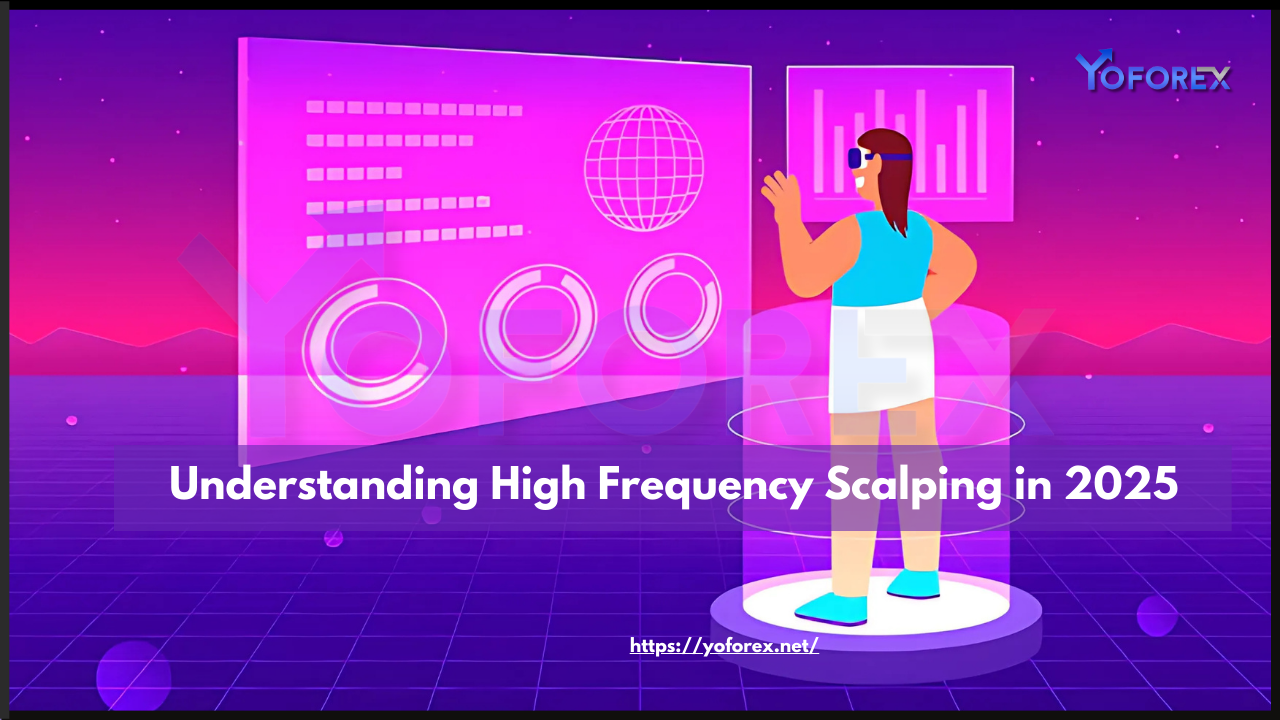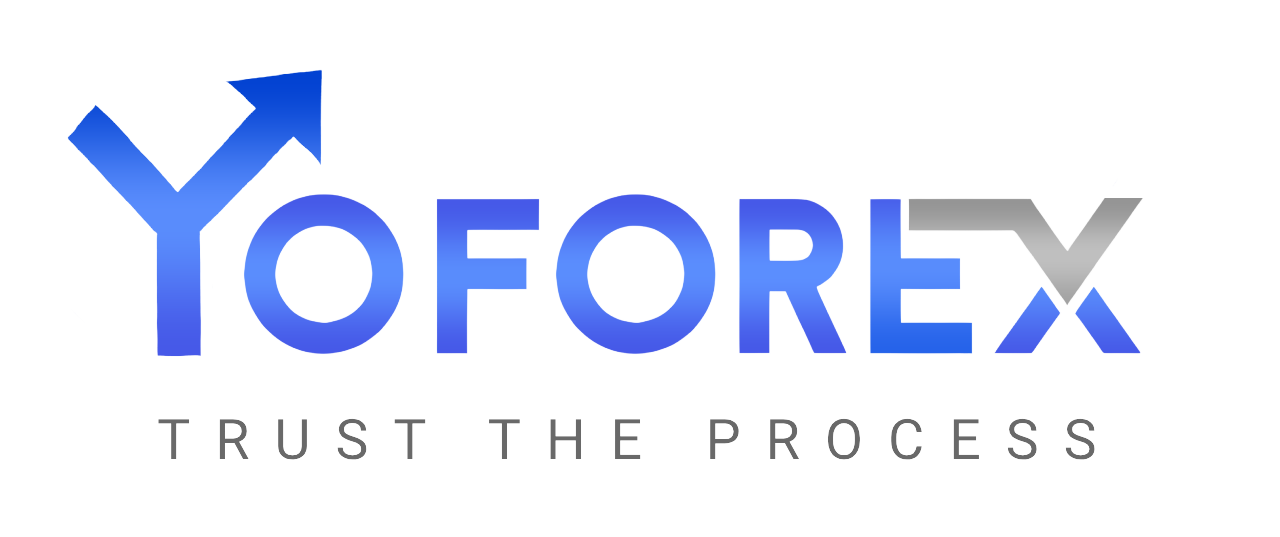High-frequency scalping (HFS) is a trading strategy that has gained significant traction in recent years, especially with the rise of advanced technologies like artificial intelligence (AI) and high-frequency trading (HFT) algorithms. As we step into 2025, this fast-paced trading style continues to evolve, offering both opportunities and challenges for traders. This guide will explore the fundamentals of high-frequency scalping, its benefits and risks, the tools and strategies used, and how traders can navigate this dynamic landscape.
What is High-Frequency Scalping?
High-frequency scalping is a trading strategy that involves executing numerous trades within seconds or minutes to capitalize on small price movements. Unlike traditional trading, which focuses on long-term trends, scalping aims to accumulate small profits repeatedly throughout the day. This strategy is particularly popular in highly liquid markets like forex, stocks, and cryptocurrencies, where price fluctuations occur frequently19.
The key characteristics of high-frequency scalping include:
- Short Holding Periods: Trades are held for seconds to minutes, minimizing exposure to market volatility.
- High Trade Frequency: Scalpers rely on making dozens or even hundreds of trades daily to build profits.
- Technical Analysis Focus: Scalping heavily depends on real-time data, charts, and indicators to identify trading opportunities79.
Benefits of High-Frequency Scalping
- Rapid Profit Potential: Scalping allows traders to generate quick profits by exploiting minor price changes. Even small gains can accumulate significantly over time18.
- Reduced Market Exposure: By holding positions for short periods, scalpers minimize their exposure to overnight risks or major market events9.
- Scalability: Traders can adjust their trading volume based on their capital and risk tolerance, making it a flexible strategy1.
- Enhanced Liquidity: High-frequency scalping contributes to market liquidity, benefiting other market participants.

Risks and Challenges
Despite its potential, high-frequency scalping is not without risks:
- High Transaction Costs: Frequent trading can lead to significant transaction fees, which may erode profits19.
- Emotional Stress: The fast-paced nature of scalping requires constant focus and emotional control, which can be mentally exhausting111.
- Competition with HFT Algorithms: Scalpers often compete with automated HFT systems that execute trades in milliseconds, making it harder to profit from small price movements612.
- Market Volatility: Sudden price swings can result in losses, especially if stop-loss orders are not effectively managed11.
Tools and Strategies for High-Frequency Scalping
1. Technical Indicators
Scalpers rely on tools like moving averages, Bollinger Bands, and the Relative Strength Index (RSI) to identify trends and potential entry points. For example, a moving average crossover can signal a buying or selling opportunity79.
2. Algorithmic Trading
In 2025, algorithmic trading has become a cornerstone of high-frequency scalping. Algorithms analyze market data in real-time, execute trades at lightning speed, and adapt to changing market conditions. These systems are particularly effective in capturing arbitrage opportunities and minimizing human error612.
3. Risk Management
Effective risk management is crucial for scalpers. This includes setting tight stop-loss orders, using small position sizes, and diversifying across multiple assets to mitigate potential losses711.
4. Advanced Platforms
Traders use low-latency trading platforms like TradingView and TrendSpider, which offer real-time data feeds, automated pattern recognition, and backtesting capabilities. These tools help scalpers make informed decisions quickly79.
The Role of High-Frequency Trading (HFT)
HFT has revolutionized scalping by introducing speed and efficiency. HFT algorithms can execute thousands of trades per second, exploiting micro-price discrepancies that are invisible to human traders. While this has increased competition, it has also enhanced market liquidity and reduced transaction costs for all participants612.
However, the rise of HFT has also raised concerns about market fairness and stability. Events like the 2010 Flash Crash highlight the potential risks of relying too heavily on automated systems12.
Tips for Successful High-Frequency Scalping in 2025
- Stay Informed: Keep up with market trends, technological advancements, and regulatory changes to adapt your strategies accordingly611.
- Practice Discipline: Stick to your trading plan and avoid emotional decision-making. Consistency is key to long-term success19.
- Invest in Technology: Equip yourself with the best tools and platforms to enhance your efficiency and execution speed712.
- Focus on Risk Management: Implement robust risk management strategies to protect your capital in a fast-paced trading environment11.
- Start Small: If you’re new to scalping, begin with a demo account or small trading account to gain experience and confidence9.
Conclusion
High-frequency scalping in 2025 is a dynamic and challenging trading strategy that offers significant profit potential for those who can master it. By leveraging advanced tools, staying disciplined, and managing risks effectively, traders can navigate the complexities of this fast-paced approach. However, it’s essential to remain aware of the risks and continuously adapt to the evolving market landscape. Whether you’re a seasoned trader or a beginner, high-frequency scalping can be a rewarding strategy if approached with the right mindset and resources.

